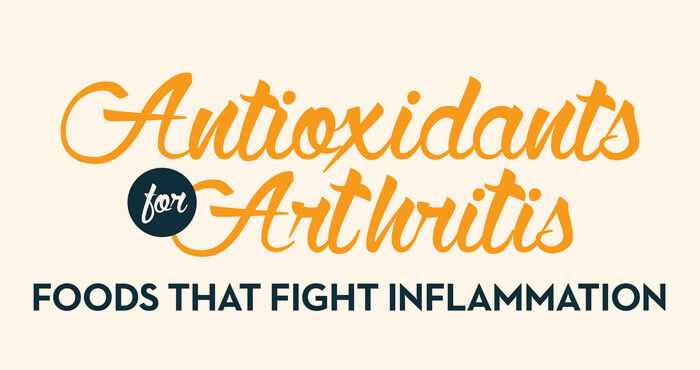What Is a Pulmonary Embolism?

You may have heard warnings about embolisms or known friends or family members who have suffered an embolism only to wonder: what exactly IS an embolism and can I prevent it from happening to me?
According to the National Blood Clot Alliance, statistics indicate there are approximately 900,000 cases each year, and on average, 274 people die each day from blood clots. Of these cases, 70 percent are tied to a known risk factor. It’s important to learn about embolism because it can happen to anyone, but in many cases, it’s preventable or treatable if caught early.
1. Embolism, explained:
An embolism is a medical term used to describe a condition in which something is blocking blood flow to a vessel of the body. This blockage is caused by a blood clot or a piece of plaque that acts like a clot, called an “embolus” (or “emboli” if there is more than one). The embolus forms in one part of the body, circulates, and then blocks blood flow in another part of the body.
An embolism differs from thrombosis in that thrombosis is caused by a clot that is formed in one area of the body and remains there, without being carried throughout the bloodstream.
There are many different kinds of embolism, but generally, an embolism in an artery to the heart can cause a heart attack (coronary), and an embolism in an artery in the brain (cerebral) can cause a stroke. The most common type is a pulmonary embolism, which blocks an artery to the lungs
2. Know your risk:
The primary cause of most pulmonary embolism is deep vein thrombosis (DVT), a condition in which the veins of the legs develop clots. When these clots break loose and travel through the bloodstream to the lung, they can block blood flow and oxygen, potentially causing permanent damage or even death.
An embolism is more likely to occur in people who have remained in one position for a long time, such as during a long plane ride or car trip, or those who are on bed rest after illness or surgery.
Other risk factors include:
- Smoking
- Heart disease
- High blood pressure
- Atherosclerosis (buildup of fatty plaque in the blood vessels)
- High cholesterol
- Atrial fibrillation, a type of abnormal heart rhythm
- A family history of blood clots
- The use of hormone replacement therapy and birth control methods that contain estrogen
- Conditions that increase blood clotting (such as a very high platelet count)
- Mitral stenosis (particularly dangerous to the brain)
- Endocarditis (infection of the inside of the heart)
3. Recognize the signs & symptoms
An embolism can occur suddenly, and symptoms can be barely noticeable. Symptoms of an embolism usually appear in the affected area and may include: pain, tenderness, numbness, tingling, swelling, redness, muscle spasms/twitches or paralysis. Contact your doctor right away if you experience any of these symptoms.
Signs of a pulmonary embolism can include: sudden difficulty breathing; rapid heartbeat; chest pain, which usually worsens with a deep breath or coughing; anxiety; coughing up blood; or very low blood pressure, lightheadedness or fainting. Call 911 or seek emergency treatment immediately if you experience any of these symptoms.
4. Prevention
The goal of treatment is to break up clots and help keep other clots from forming, usually accomplished through medication. The best ways to reduce your risk of embolism is to:
- Get regular exercise
- Maintain a healthy weight
- Don’t smoke



